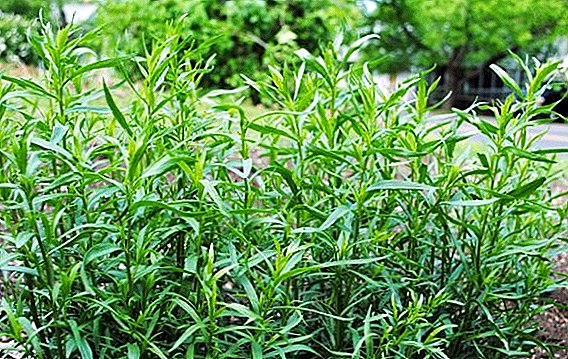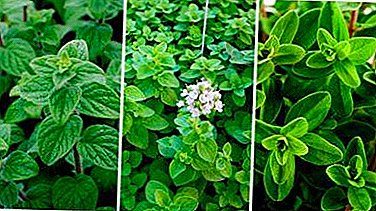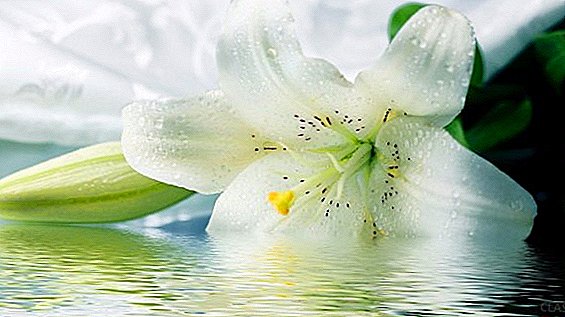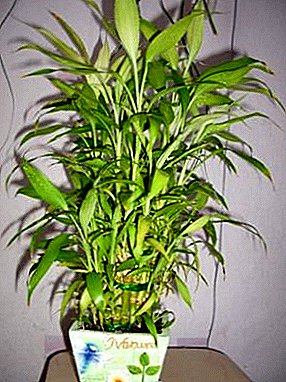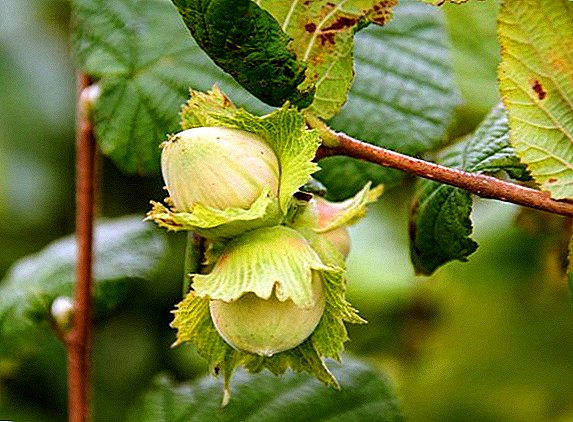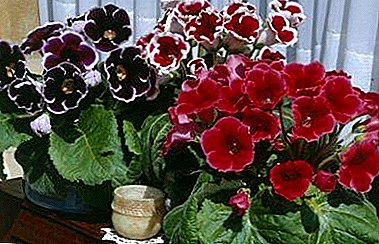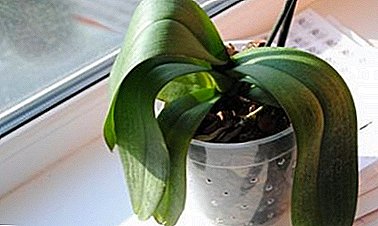
Sometimes, due to improper care of the orchid, she has problems with leaves. They become soft, lose elasticity, turn yellow. From the point of view of science, such processes are called loss of turgor. This phenomenon is not such a rarity.
The article will explain how to avoid this, what are the reasons, how to deal with the problem.
Turgor pressure - what is it?
All living cells of the flower are coated. A turgor is when the cell wall is in a tense state developing due to internal pressure. Pressure appears when water molecules penetrate through the membrane, and the cytoplasm of the cell is pressed against the membrane.
Important! If we speak more simple and understandable words, we can consider the loss of turgor on the example of foliage. The leaf plate is elastic — turgor is, sluggish and wrinkled — the plant has lost it. The lack of fluid is turgor.
What role does a flower play?
In the life of the plant, he plays a crucial role. The cells that are in a tense state are pressed close to one another. This gives some elasticity to the organs of the orchid. Also turgor is needed for the normal functioning of growth, evaporation, movement of substances. At the time of growth, the roots of the flower have the ability to help them push the soil particles. The stomata open due to the turgora.
Indicators of reducing turgor pressure
- Leaves wrinkle, fade.
- They look like dangles hanging down.
- Color changes.
- Elasticity is lost.
- Wrinkles form on the sheet.
- Wax coating goes away.
- In advanced cases, foliage may fall off.
Possible reasons
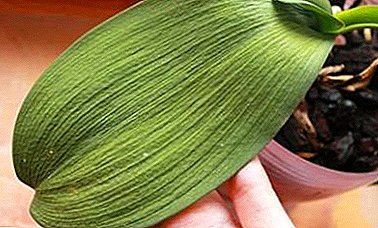 The roots of the flower are overheated. Florists often face this problem during the heating season, if the pot is too close to heating devices or in summer, when the direct rays of the sun hit the orchid. Moisture evaporates too quickly and does not have time to recover.
The roots of the flower are overheated. Florists often face this problem during the heating season, if the pot is too close to heating devices or in summer, when the direct rays of the sun hit the orchid. Moisture evaporates too quickly and does not have time to recover.- Dense soil. The root system requires the passage of a sufficient amount of fresh air. With improper transplantation or the earth over time, the moisture is retained in the substrate. The roots "choke" and rot. Functions in sufficient quantities cease, nutrients cease to flow to the foliage, and it loses its turgor.
- Incorrect dressing. Fertilizers are applied during watering. Often you should not do this, as the mineral salts that make up the complexes are deposited in the soil and can damage the roots. It is permissible to use only those fertilizers that are designed specifically for orchids.
- Disease. In addition to the lack of turgor, you can see light spots, stripes, light bloom, which is a witness of the plant disease. The disease can be viral, fungal, bacterial.
- The flower also loses turgor due to tightness in the tank. Roots that have crawled out through drainage holes do not function to their fullest extent.
We offer to watch a video about the possible causes of the loss of orchid leaf turgor:
Negative consequences for the plant
Water is the basis of the life of any organism. Fading plant loses the fluid needed for proper growth and development, the minerals in it. The loss of turgor only negatively affects the orchids. Without taking timely action, you can lose the flower.
When not to worry?
If the loss of turgor was seen on several lower sheets, and the rest is in perfect order, then this is a natural process. Orchid throw off the old leaves and all. In this case, there is nothing to do. You must wait for the yellowing and drying of the sheet, and then carefully remove it.
How to restore the healthy state of leaf blades?
Consider what to do if the leaves of the flower are wrinkled:
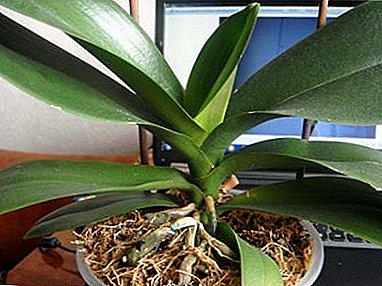 First, a visual inspection is performed. It is necessary to determine whether the flower is sick. If symptoms of the disease are detected, treatment should begin immediately.
First, a visual inspection is performed. It is necessary to determine whether the flower is sick. If symptoms of the disease are detected, treatment should begin immediately.- If there is no disease, you need to remember when the plant was last watered, fertilized, sprayed. It is possible that he has a lack of moisture or beneficial trace elements. Perhaps the orchid should be moved away from the sun. A florist is recommended to review the care and follow all the rules.
- Is the care correct, and is turgor lost anyway? How to restore the health of the plant in this case? Need to look at the root system.Often, due to compacted soil or cramped packaging, the roots rot. If the fears are confirmed, the flower gets out of the pot, rotten roots are removed, the cutting sites are processed, and the earth is replaced with a new substrate.
We offer to watch a video on how to restore orchid leaf turgor:
Prevention
- Do not forget about watering. Too much can not be poured, but the lack of water is undesirable. Liquid - sedimented, soft.
- Maintain optimal temperature conditions.
- In time to apply fertilizer. No more than 1 time per month.
- Do disease prevention.
- Environment - as close to natural as possible.
To prevent loss of turgor, first of all, you need proper care and conditions of detention. If, however, the problem was discovered, you need to take action immediately, otherwise the orchid will die.


 The roots of the flower are overheated. Florists often face this problem during the heating season, if the pot is too close to heating devices or in summer, when the direct rays of the sun hit the orchid. Moisture evaporates too quickly and does not have time to recover.
The roots of the flower are overheated. Florists often face this problem during the heating season, if the pot is too close to heating devices or in summer, when the direct rays of the sun hit the orchid. Moisture evaporates too quickly and does not have time to recover. First, a visual inspection is performed. It is necessary to determine whether the flower is sick. If symptoms of the disease are detected, treatment should begin immediately.
First, a visual inspection is performed. It is necessary to determine whether the flower is sick. If symptoms of the disease are detected, treatment should begin immediately.